Shooting the Sony A7r at 12800 ISO
by Dirk De Paepe
Dear Steve, Brandon and all site visitors. Here’s a very brief post of mine. It’s about my camera, the Sony A7r, and its ability to shoot at higher ISO’s.
I’m posting this because I’d like to put a bit of counterweight to so many opinions in this matter, that have been posted all over the internet, regarding the A7r. I even have the impression that many even see the “r” as the underdog of the A7 family, the more now the A7II has been succeeding the A7. Reason is said to be because the “r” has “bad” high ISO performance. … ??!
Well, I never experienced that as such anyway. Of course I acknowledge that the “s” has the best low light performance. But I really never experienced that my “r” is falling short in this department, the more while I have so much more pixels at my disposal and I can seriously boost its low light performance by reducing its resolution in post production. After all, there’s a long way to go, before I “drop” to the A7s’s resolution. And when I have a reduction of pixels in mind, I even can perform some “Luminance” in Adobe’s Raw Converter. This isn’t a process without danger though, because it diminishes the detail and needs to be done with great care. So how do I proceed?
Applying Luminance can in a way be compared to applying Unsharp Mask. Both need to be done with great care, otherwise you end up with a result that you really don’t want. Important in both cases is to look at the largest size that you want to use, when fine tuning. When sharpening I guess you’ll look at 100%, probably ending up with some limited sharpening at 0,5px. But when you shoot at very high ISO with the “r” and you want to reduce the size, there’s no use in judging the IQ at 100%. So what I do is applying the Luminance at full size, but judging at for instance 66%. Reducing afterwards the resolution to 66% still gives you a 16MP file. Up till now I often applied this technique with good results for ISO’s up to about 4000, largely reducing the gap with the “s”. (I don’t proclaim that it eliminates it completely.)
In one of his articles Steve stated about the next Leica M that it had to deliver acceptable IQ at 12800 ISO. I guess he often shoot with less light than I do, because I really never need that kind of ISO. Still it encouraged me to go for an little experiment. So I just put the ISO at 12800 and went for some shots, seeing where I would end up. In the pictures hereunder, you can see the result. Of course there is some more grain than at low ISO (but the “s” as well produces grain at higher ISO’s), still I can say that I was pleasantly surprised with this IQ and, again IMO, I’d call this IQ very acceptable for sure. BTW, looking online for A7s pictures, I didn’t really find a lot of pictures, shot at this ISO, let alone higher, even not at sites that call themselves specialized in high ISO.
As I wrote in a former article, IMO the A7r offers very good high ISO performance. Of course it’s outclassed by the “s”. But when processing the pics as described, one can come a long way, reducing the gap enough for me to largely prefer “r”. Personally, I definitely prefer this sensor, that offers me very good ISO as well as superb resolution. I rank it well above the 12MP sensor of the “s” that is too dedicated to situations that I virtually never meet. Again IMO.
To conclude, with the A7rII coming very soon now, that will offer even better IQ than the present “r”, that will feature the new and improved body of the A7II and the silent shutter of the “s” (if I’m well-informed), the high-resolution version within the A7 family will more than ever be thé way to go for me.
All shots posted here were shot at 12800 ISO, even although it really wasn’t necessary. But, like I said, this was an experiment. Although I’d normally would have taken all of those shots quite a bit slower, putting the ISO that high resulted in producing a certain character, a character that one really can look for – like one used to (or still can) choose a very fast film for its grain. When shooting digital, part of this “creative process” needs to be done in post, and needs to be repeated with every picture. But I’m sure, with some experience, one can do it pretty fast.
For the first four pictures, shot in the garage, I used the Zeiss Loxia 2/50. The next four were shot with the Canon Lens FD 85mm 1:1.2 S.S.C. Aspherical, which is still one of my favorite 85s. As said, the resolution was reduced, but in all pics it still exceeds the A7s resolution. Don’t forget to click on them for a better quality. And on my flickr pages, you can find a dedicated album, called “12800 ISO”, with all those pics in full resolution.
https://www.flickr.com/photos/keepnitgood/sets/72157650993342429/
Thanks for reading to everybody and for publishing to Steve and Brandon. This site really is the best, don’t you think!…

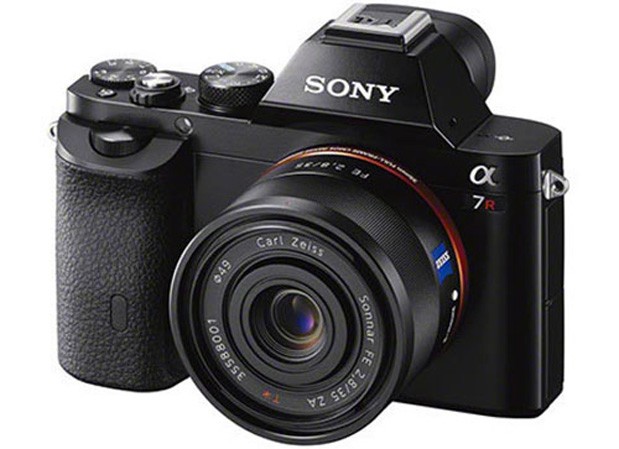
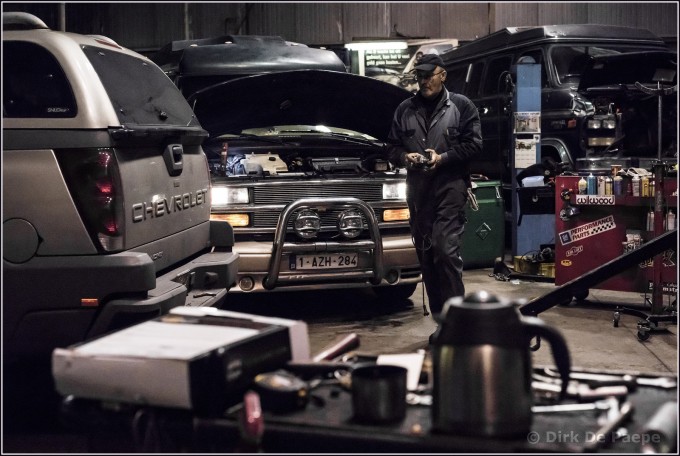
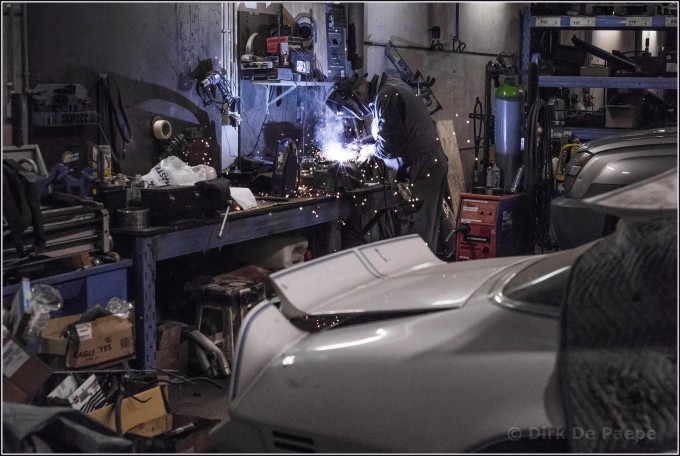
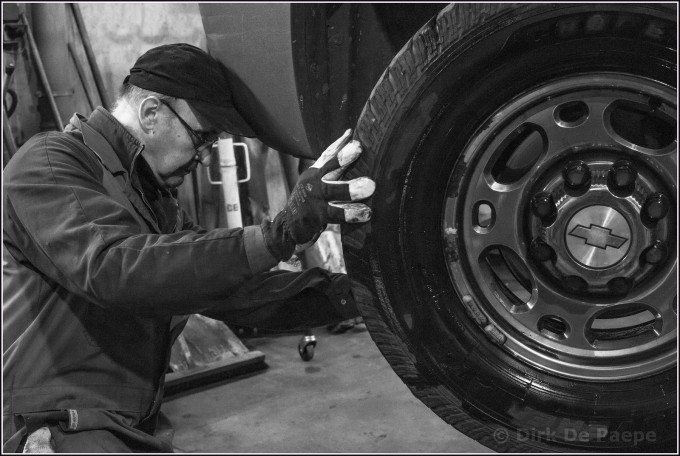
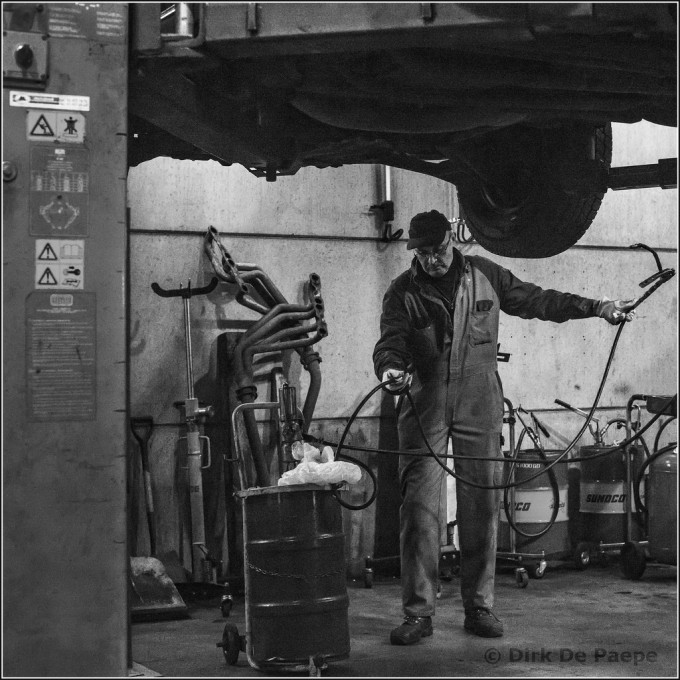
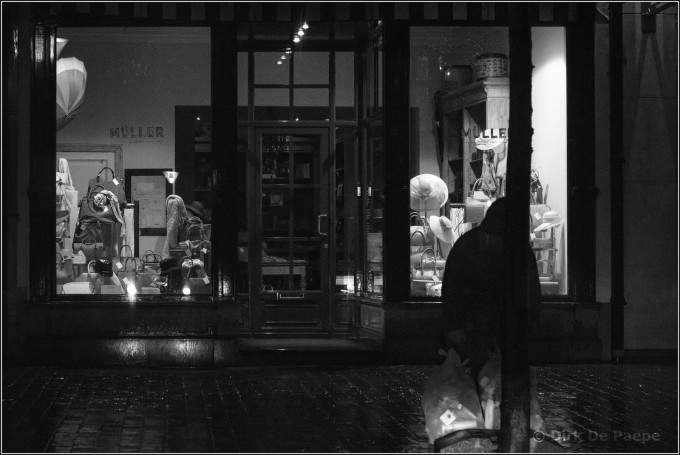
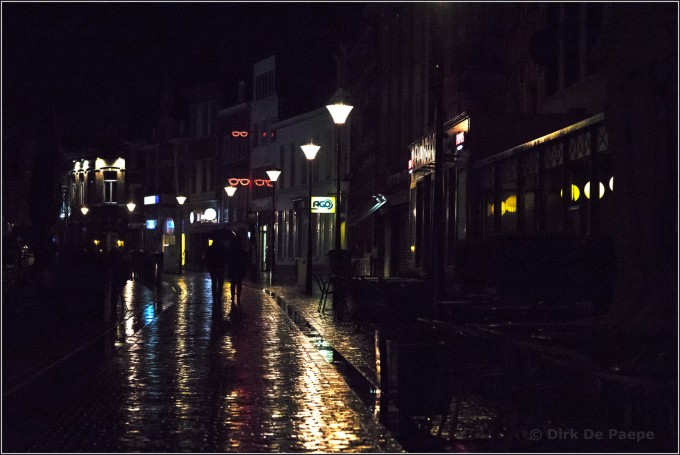
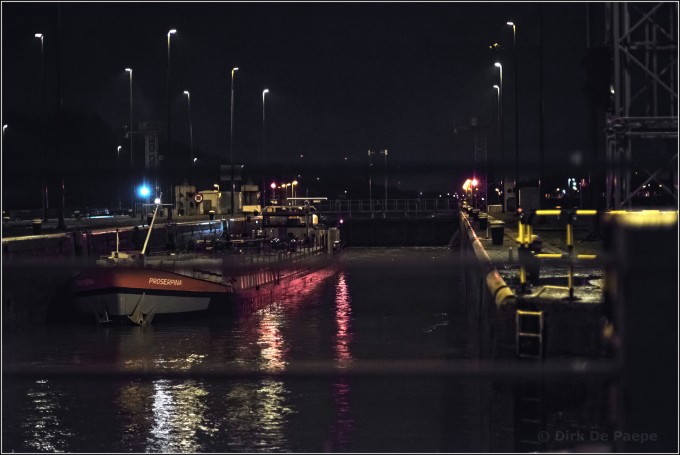
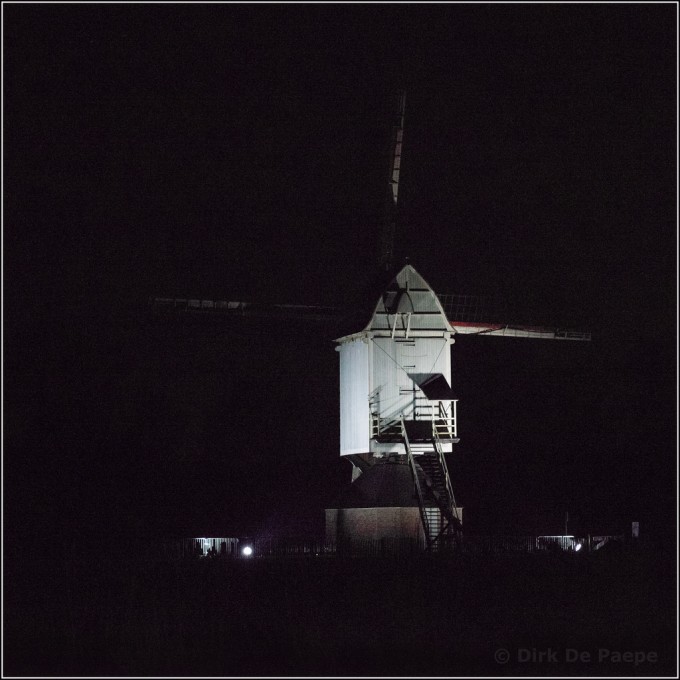

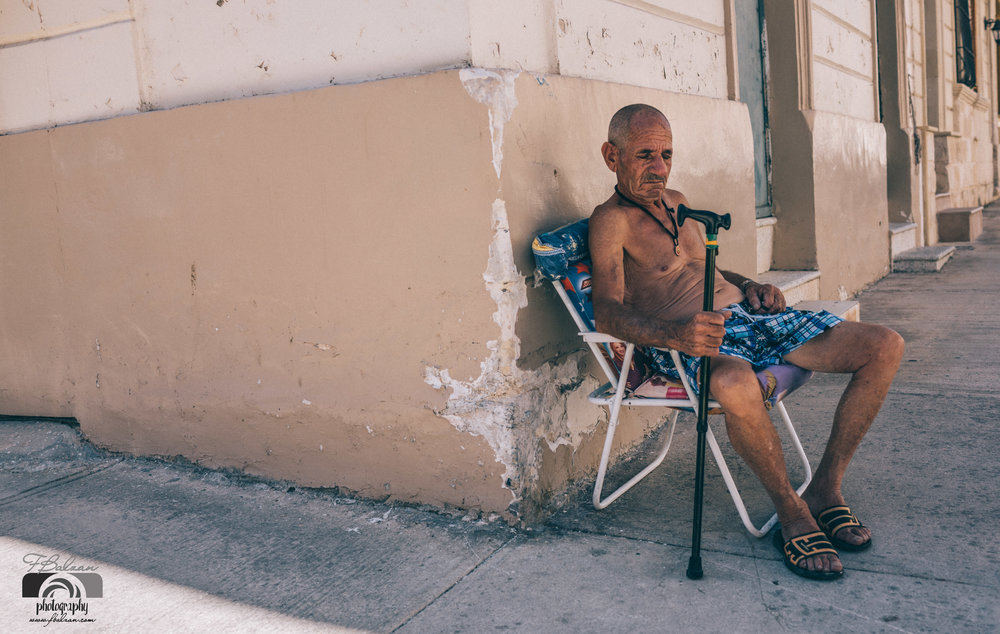

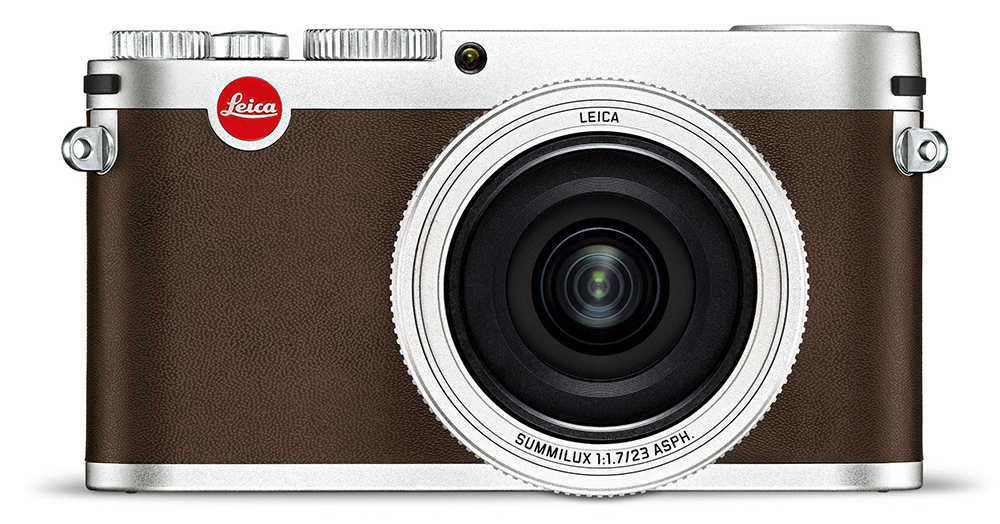
good news for those who do not poses any of those 80 k + ISO cameras: a good picture needs (really) a good , interesting light! So technically those monsters are capable enough to capture a volcano hole in the night but who will be really admiring such a pictures?
The stress photos presented are dark but such a photos can be made with any recent 3200 capable cameras (with an OIS and a moderately light zoom like f4) or with a fast glass like F1.4.
But direction is good: one day there will be a camera released with no dedicated ISO button /menu positions …currently there are some ISO -less sensors on the market…we are not there yet but quite close.
All we need is a camera with 64 bit sensor output and ISO will mean nothing…
Switching from a d800, I was unsure wether to ger an R or an S. The main factor was not image quality per se (I am an amateur and shoot family pics) but the fact that the R had a loud shutter, lousy mount and less nice on camera jpegs (useful when you have young kids and not time to spend post-producing images).
I find the a7s excellent, but oviusly in good light when shooting landscapes I always try to zoom in, with a little disappointment, to be hones. But overall I don’t print large, and don’t like large file sizes, so I’m very happy!
Oviusly, when the a7rii will come out with 50mpx, I think I’ll pull theplug and will have a killer combo!
It will be interesting to see what Sony does with the A7R upgrade? Same 36 MPixels w/ A7 II enhancements? Higher res. sensor? A few minor fixes? It would have to be an amazing camera for me to upgrade from the A7R but one never knows…?
I own the A7R, A7S and A7 II.
I liked your writeup and pretty much agree with your summary, and from my testing with the A7 II the A7R is still the better of the two, i.e.: lower noise at higher ISO’s. Of course nothing compares to the A7S for low light performance; however, at high ISO’s you do see amp glow on full frame images.
But I do like the 5 axis IBIS in the A7 II. It sure helps eliminate camera shakes with long lenses (but of course it doesn’t stop blur in fast moving targets in low light situations).
A7R: where you need the resolution and/or aggressive cropping
A7S: low light performance, i.e.: astro/nightscape photography
A7/A7 II: good for general shooting under normal conditions of good light, etc.
Both my A7R and A7S are full spectrum modified for astro/nightscape/IR photography. My testing shows the A7/A7 II will never be as good under these conditions!
Thanks Bwana for this valuable addition. I think you summarized it correctly. But what a luxary to own all three bodies!!
I found using two full spectrum cameras for daytime photography was simply too much hassle with filters, reflections, flares, etc. The A7 II (unmodded) was my “luxury” to resolve the problem :). And I’m really beginning to love the IBIS, to the extent I’ve hauled out some of my (terrible) ol’ lenses just to see what they’ll do, i.e.: an 800mm Rokinon reflex handheld:
https://plus.google.com/photos/116260312230579398213/albums/6135915031366021697/6138569184449331826?pid=6138569184449331826&oid=116260312230579398213
Yup, I know the picture is not all that great BUT I wouldn’t have even tried the ol’ 800mm lens handheld prior to the A7 II.
Just having fun with my new “toy”!
When I refer to Hollywood movies above – I mean Hollywood westerns ! Hence the oil lamps etc
Should have proof read !
I am really impressed by the high ISO performance of cameras like the Sony A7 family and the D800. However I would love to know more about how photographers are getting on with the quantity of light versus quality of light issue.?
I know that event photographers are still using flash and other additional lighting as part of their practice. Obviously low light performance is a brilliant asset but does not eliminate the need to create lighting for certain moods etc.
Maybe it’s photographers technique that is amiss or maybe the public’s expectations ? Maybe we are too accustomed to well lit images from all the years of watching Hollywood movies.
We can all remember those movies where our hero is in a well lit bar and the baddie strolls in and orders a whisky (remember it’s indoors and they only had gas or oil lamps then) -yet the bar is as bright as outdoors midday in Hawaii !
I would love to see new creative avenues being opened by this new high ISO potential and would love to have my dream camera the Leica MM and be able to shoot jazz concerts in beautiful black and white
in seedy clubs !
Thanks Dirk for this timely article. I would love to see more high ISO images of new subject matter from the Inspiration Posts.
IMO additional light will always be necessary when you want to create a specific mood, like in publicity or fashion photography and I guess also in event photography. And I know many get suspicious when a photographers shows up with “less” than the classic “impressive” gear: big DSLRs with clumsy flashes. I think you’re absolutely right about the public’s expectations, Fergus. It’s the street and documentaire work that benefits the most from compact gear, because of the discretion factor and the value of the real light situation. Fortunately that’s the kind of shooting that I like the most.
The D800/E (similar sensor) is pretty good up to 3200. Over that (12800 is two stops), not so good, and requires a lot of pp. Usable, but no more than that, and accurate exposure a prerequisite. As these images prove.
I find the “r” to be pretty good up to 4000 – not too much a difference. But really, if you ever shot film, I guess you agree that we already are extremely lucky to be able to shoot without any problems at 4000 ISO. And for what I do, I véry rarely need more than 4000. But I’m sure, in the future ISO will furhter increase, even with hi-res sensors.
Thanks Branche. I use Photoshop instead of Ligtroom. But I guess the procedure will be the same and is very simple. In “Image size” you can change the resolution to whatever value you like.
thanks !!!
Great post ! excuse my question,i’m not familiar with softwares : How do you reduce the resolution to 66 % in Lightroom ?
thank you again for your article
A very informative article. Our thinking is sometimes misled by past performance – digital cameras, even expensive ones, were horrible at high ISOs (and some say at any ISO!). But things have changed.
Tom’s comment is interesting and he certainly has a point about bigger photosites. After all, a lot of people would rather buy a MFD camera with modest resolution than a DSLR with high resolution, even if it costs more. It’s about surface area, it seems.
Our approaches to NR are apparently quite different. I never reduce luminance noise, especially at higher ISOs. There’s no detail to uncover under all that noise and the result is quite plasticky. I do, however, reduce chrominance noise, which does only good to the image.
Thanks for your appreciation, Karim. Indeed, there’s no detail to uncover, under that noise. And indeed one can end up with “plastic-like” results, because it’s so easily overdone. That’s why I said it needs to be done with great care and IMO only when reducing the resolution or in other words when no 36MP detail is needed.
I just tried to change the resolution to medium and compare it with large at same high ISO, it really make big difference.
15MP is good enough for portrays pictures. It will save a lot of disk space.
Thanks for the post.
You’re welcome, jk!
On my A7 if I set the JPEG size from 24mp to 12mp in the camera menu, is that similar? I mean does it use the entire sensor to give cleaner images at higher ISO?
The image is still a full frame capture BUT the big question is how does the camera reduce the resolution and generate a so called “RAW” image. It has to be performing some sort of “binning” operation; however, binning normally bumps the sensitivity. So internal processing must be doing an averaging operation then creating a lower resolution RAW file. You do get a cleaner image but lose the original resolution… a trade-off.
Setting Crop Mode in-camera captures the area of the full frame sensor one would normally associate with an APS-C sensor, i.e.: the whole sensor is NOT used.
Well it’s a good article to at least remind people that the A7r is not crap in low light. Haha.
Of course the A7s will yield better low light results (it’s designed to be as such), however the A7r is no slouch as well. One just need to remember that when the D800 was first released, much to D700 owners annoyance due to the jump from 12mp to 36mp. The high ISO test result especially once downscaled to 12mp results in a similar or cleaner image. Though as Tom mentioned, you do lose out in color accuracy, so you’ll probably have to work slightly more on your High ISO images with the A7r to get the best out of it.
Correct, Omar. One needs to work more on the High ISO images, taken with the A7r. Although indeed, the A7r is no slouch in high ISO, if I would often need to shoot at very high ISO, I’d definitally buy an “s” body next to my “r” – but only as my second body, never as my first! I guess most shooters are in my case, being better off with the “r” than the “s”, because, when looking in average to the online published pictures, there are really not too many photographers that shoot most of their pictures in circumstances where the “s” can really add extra value.
Nice post – but I have found that even down-sampling images from 24mp or 36mp to the A7s’ 12mp, you still need to account for color accuracy and tonality. The biggest win with down-sampling is that it yields cleaner files in terms of luminance noise. But gains in colour accuracy and tonality rarely go linearly.
This is where smaller photosites start to fall apart for me, it isn’t all just about luminance noise but also luminance colour accuracy. Yes you can take an average of lots of smaller photosites to yield a downsampled image with lower noise, and there may be some improvement to colour accuracy. But what if you are averaging from small pixels that are way off the mark to begin with? You get a cleaner result, but the averaged down sampled result will also be off the mark in terms of accuracy to the orginal colour. In that sense for low light photography there is no replacement for displacement at a given technology generation and larger fatter pixels.
Of course on a 2megapixel screen with a limited colour display range differences are probably not as exaggerated. But when you go to print, the difference is night and day. This is from somebody who has both A7ii and A7s.
@ Tom.
You’re absolutely right, Tom. I have been thinking of buying a second A7x body as well and for sure that would have been the “s”, because of its larger photosites and their impact when shooting at higher ISO’s. But then I realised that it would be pretty rediculous to go searching for moving subjects in very dark environments, just to be able to shoot my second body at hyper high ISO, because those are the only circumstances that I really could get a better final result than with my “r”. And realizing that ISO performance of the hi-res version will further improve, I decided that I’m perfectly happy with the “r” (and the next “rII”, soon to come). I also agree that printing requires better IQ, but then, it’s only a véry limited percentage of pictures that ever gets printed these days and again, in my shooting there is vertially no picture that I would like to print, that absolutely requires the larger photosites of the “s”. All pictures of this review could have been shot at a lot lower ISO, with very high IQ, with my “r”. So in my case, this argumentation is thrue but merely a theoretical matter.
I shot my S at ISO 80k quite often..in clubs and bars (musicians). The A7II can’t handle it, so the S comes out for those. if you do not shoot in really low light where you need more than ISO 12,800 the II 7 or R will do fine.
That’s exactly what I meant, Steve. I know you shoot in those circumstances quite regularly, that make it worthwhile to use the “s”. In my case, that’s pretty exceptional.
I’m don’t believe though that it’s merely a case of static vs non static subjects for choosing the A7r over the A7ii or the A7s.
In fact I’d always choose the A7s over the A7r when the ISO’s get above 3200. Period. Irrespective of fast moving or static shots (without tripod).
My reasoning is as follows, with the emphasis on subjective.
At higher ISO’s, to achieve a similar level of colour tonal response typically you need to expose the smaller photosites (of the same generation sensor) for a much longer time relative to a larger photo-site camera. But faster shutter speeds (without controlled lighting) is the enemy of low light shooting unless you are using a tripod. So for my style of shooting this would not be an option. Right now the A7s is as good as it gets for all kinds of low light handheld work bar none. For static subjects it is probably followed by the A7ii, EM1 and EM5 mk ii.
IBIS is ground breaking for static low light shooting without a tripod. It allows you to maximize the cameras available image taking potential while keeping the shutter speeds down and still maintaining a level of critical sharpness that cannot be achieved without. The net result is lower ISO’s and better tonal response. Remembering that as you increase megapixel count it becomes harder and harder to maximize that potential without increasing your shutter speed or using a tripod. I don’t think that hand held without a tripod, even using excellent glass that you would be resolving all 36mp of your A7r sensor. More like 2/3 that and that is your starting point for down sampling.
On a bright sunny day no doubt, give me the A7r and Otus 55 or Sonar 55 any day of the week. For low light shooting the A7s is king. If Sony came out with an IBIS A7s @ 16 – 18mp then I may never need another camera again … until the next one 😉
I agree for 100%, Tom. But when I say that one only absolutely needs the “s” for moving subjects at very high ISO’s it’s because one can get any shot of static subjects at any light with the “r”, using a tripod. In my shooting, those subjects (requiring a tripod) already being exceptional, and those “moving subject” ones being almost non-existant (as is the case with the vast majoriteit of photographers), I take much more profit from the 36MP sensor. IMO up till 4000 ISO it’s hard to tell wether the “r” or “s” was used, And when processing the “r” file smartly and resizing it to 12MP, you can probably even stretch that a bit further. But yes, if the majoriteit of my shooting would be at those ISO’s, I would use the “s”, since it would spare me some pp work.
When shooting at ISO’s at or above 12,800 how do you handle amp glow? Shoot in crop mode or crop in postprocessing? I use the A7S for astro/nightscape photography and always have to contend with amp glow at the higher ISO’s on the A7S. I normally shoot full frame and reduce/eliminate the problem in post.
Great write up Dirk! I also really liked your two loxia reviews. You should write more often.
Thank you so much, Vince! I have indeed already some subjects in mind for future articles, but normally I try to put quite some work in them, and I don’t always have that much time… But for sure, as long as Steve likes my work, I will post a contribution from time to time.
Very interesting loved the read! I was so intrigued by the R but ended up at first anyhow with the A7 due to the fact I heard the R had problems with shake from the shutter slapping up and down. Im very curious have you noticed any issues with sharp images with the 85- at say eve 100th of a second shutter? The longest lens I use except the very very rare 135mm is my 85. Curious, because with the low low used prices of the R especially with the A7R2 coming, it might be a body I would pick up beside my A7s which I love (And mostly film with anyhow)
Enjoyed this very much! Thanks for posting
From my experience expecting perfectly sharp images if you apply the 1/focal length rule won’t work with the 36MP sensor, but with a 85mm or 135mm the sharpness was very comparable to the pictures I took with a D810 of a friend of mine at the same shutter speeds. The shutter shake seemed the biggest issue with tele lenses that have OSS (such as the FE 70-200) – seems to me the OSS of the lens gets in conflict with shutter shake of the A7R and in particular at the shutter speed of 1/100s and 1/200s you get blurrier images that you’d expect (at 1/50s you get pretty sharp ones).
From my experience, shooting with care and working on your shooting technique brings you a long way. Like I said in my respons to Will, Steve published hand held pictures of mine shot with 36MP at exceptionally long shutter speeds (1/10 with a 55mm and 1/25 with an 85), with no motion blur, even when looking at 100%.
It’s speeds between 1/125 and 1/250 that suffer the shutter shock. Slower and faster speeds don’t present problems.
Maybe? But I haven’t seen the problem in over 18 months of shooting the A7R. Maybe I’ve just been lucky (or don’t go pixel peeking enough)? I certainly don’t worry about my exposure when shooting any of the A7 series cameras.
@ Will Binks. Thanks for your appreciation, Will.
I don’t avoid any shutter speed with whatever lens I use. Some of the pics that I take show unwanted motion blur, indeed. But that’s mainly because on a regular bases I shoot at “risky” shutter speeds, like 1/15th with a 50mm or 1/25th with a 85mm. However, when taking two or three shots always gives me at least one perfect one. It may be strange, but I kinda know when I was holding perfectly still. I’ve shot the 55 Otus at 1/10th in a self portrait before a mirror and the Otus 85 at 1/25, which was a fast taken single portrait shot at Photokina. Both pictures have been published in former articles on this site and showed no motion blur, even when looking at the full 36MP resolution at 100%. On my flickr pages you’ll find all kinds of shutter speeds with very different focal lengths. Like I said, some pictures I take are failures, but I don’t have the impression that I have more failures with my A7r then I had with my other camera’s. So really, I read about those “problems” as well, but I couldn’t care less. I get all pictures that I want with this body.
I regularly use the Sony FE 70-200mm on the A7R handheld and haven’t really found a problem at any shutter speed. It is actually a great combo if you’re going after targets that ultimately require aggressive cropping, i.e.: small (sometimes fast moving) targets such as airplanes, copters, wildlife, etc.
A typical target would be:
https://plus.google.com/photos/116260312230579398213/albums/5957750875241135297/6132989708147430994?pid=6132989708147430994&oid=116260312230579398213